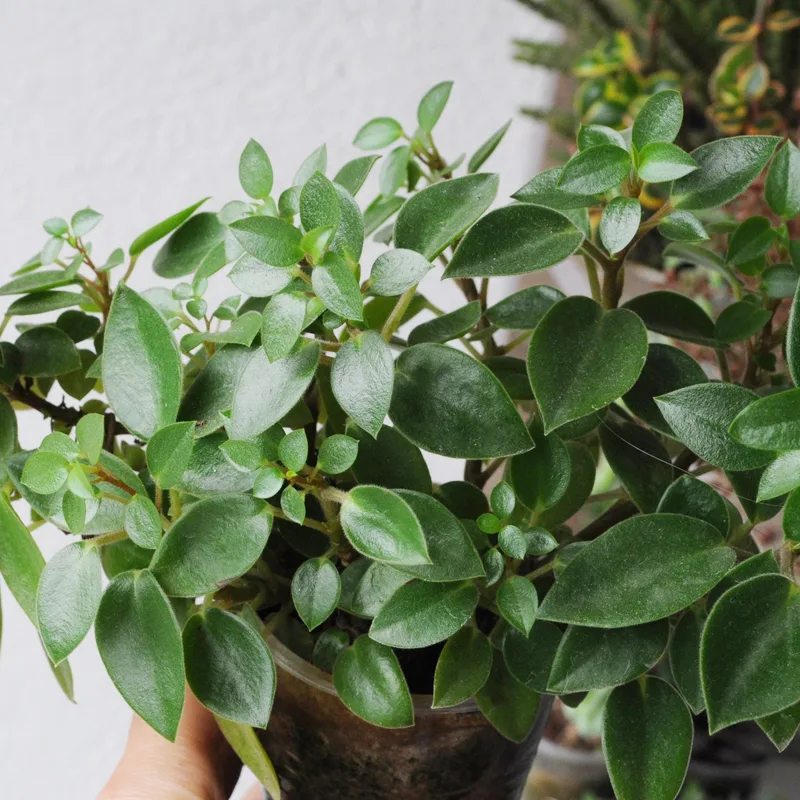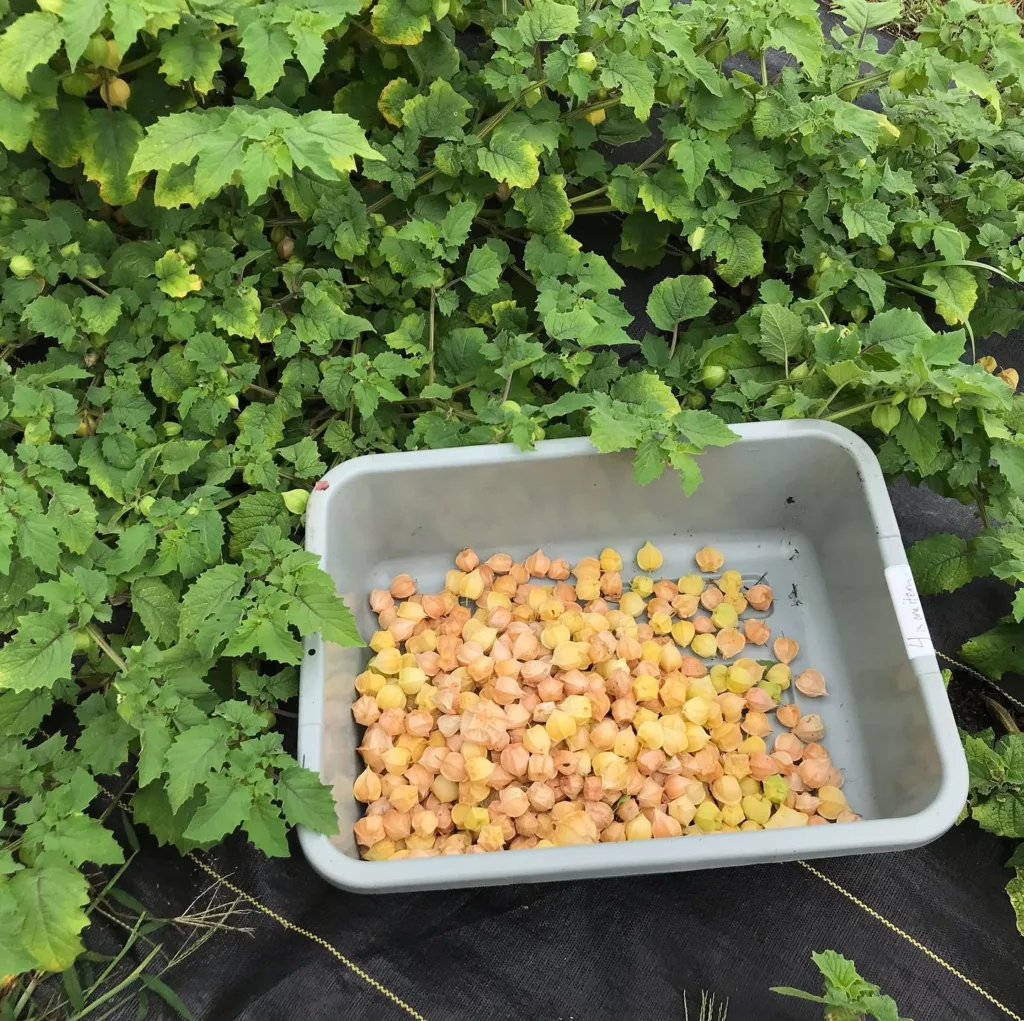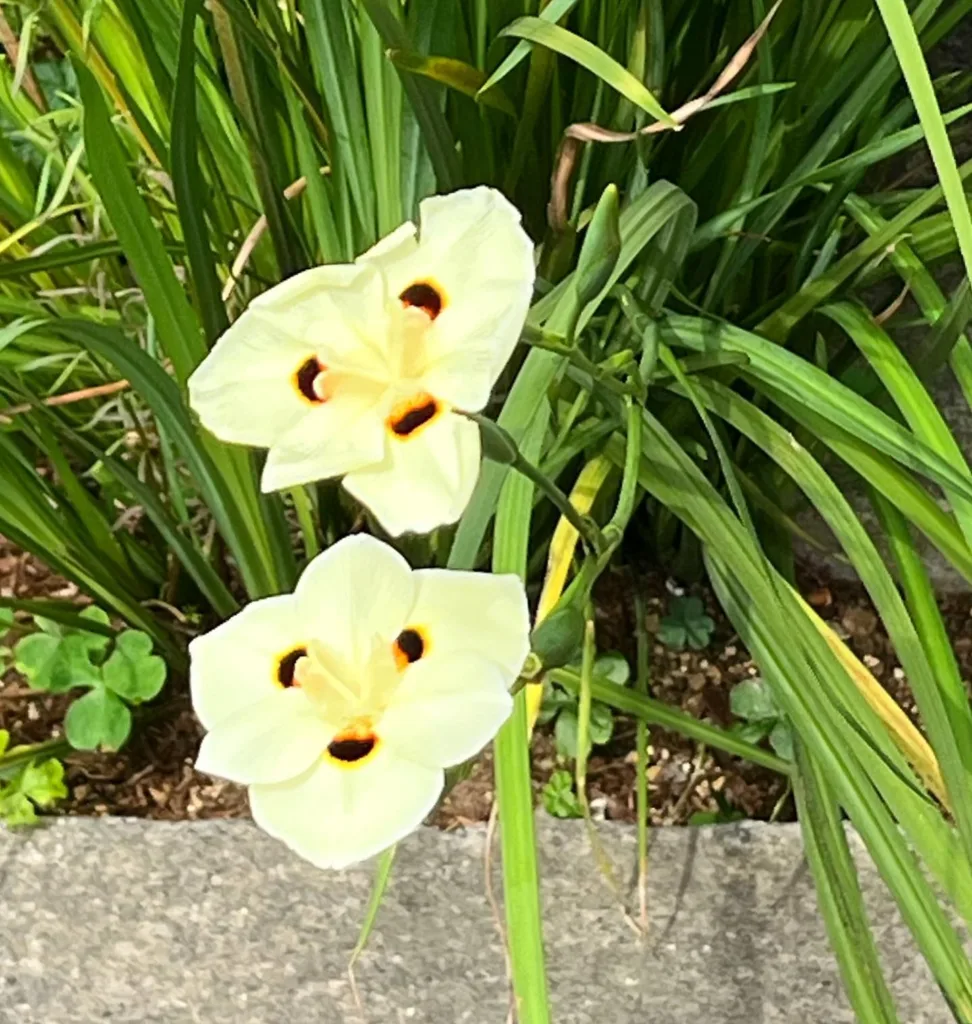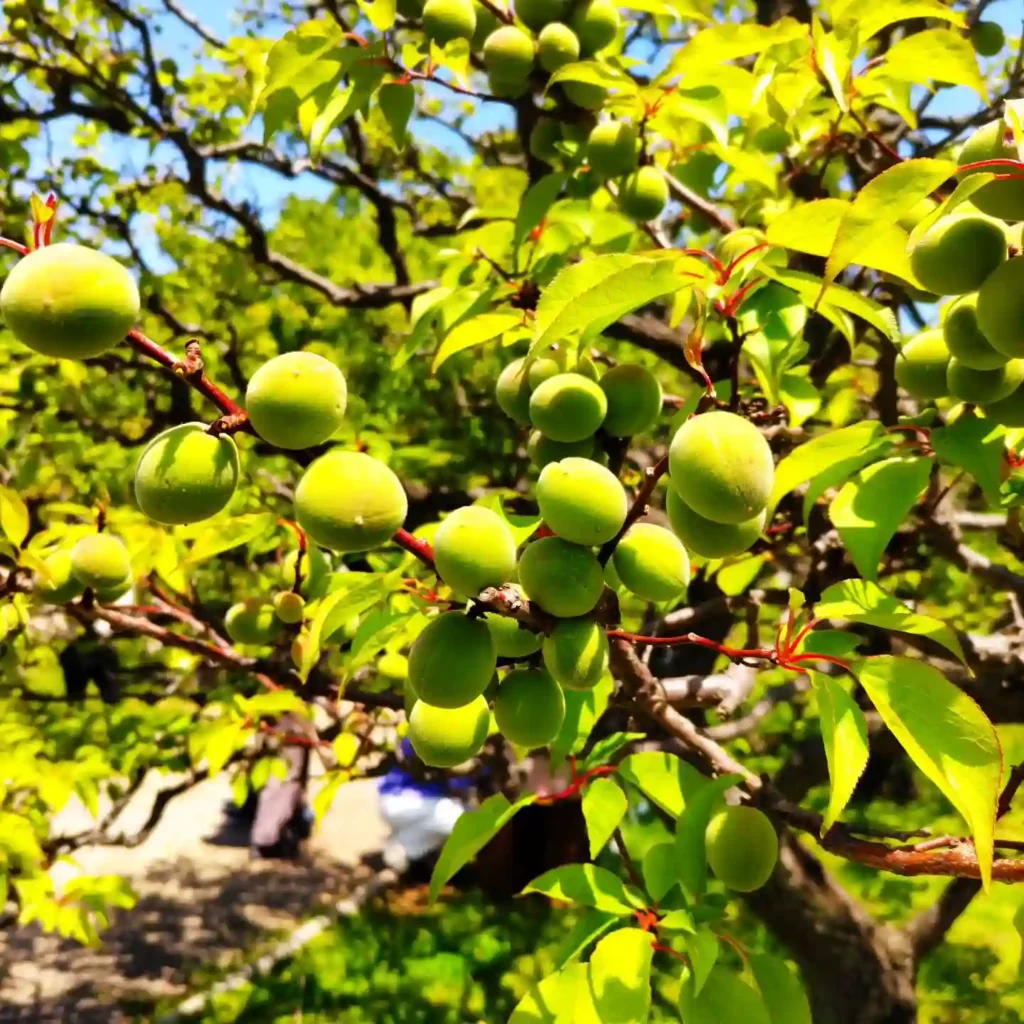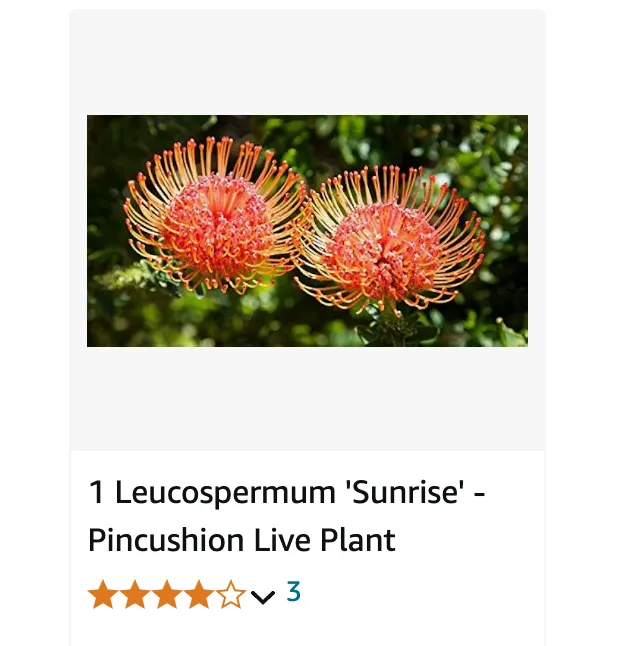
FAQs about Leucospermum Sunrise: My Experience with This Unique Plant
Leucospermum Sunrise, also known as Leucospermum Cordifolium Sunrise or simply Sunrise Leucospermum, has been one of the most fascinating additions to my garden. This plant isn’t just another flowering shrub; it’s a showstopper with its bright, pincushion-like flowers that can light up any landscape. Over time, I’ve received numerous questions about Leucospermum Sunrise, and I’m excited to share my insights and experiences.
48 Species in Genus Leucospermum
What Is Leucospermum Sunrise?
Leucospermum Sunrise is a hybrid species in the Proteaceae family, native to South Africa. The plant is well-known for its stunning, vibrant orange-yellow flowers that resemble a pincushion. These blooms are not just visually appealing but also attract pollinators like bees and birds, making it a dynamic addition to any garden.
How Do You Care for Leucospermum Sunrise?
Leucospermum Sunrise care is relatively straightforward if you understand the plant’s needs. Here’s what I’ve learned:
- Soil Requirements: This plant thrives in well-draining, acidic soil. If your garden soil is heavy or clay-like, you might need to amend it with sand or a cactus mix to improve drainage. Leucospermum Sunrise doesn’t tolerate waterlogged soil, so ensuring good drainage is crucial.
- Sunlight: Leucospermum Sunrise loves full sun. Plant it in a spot where it can receive at least six hours of direct sunlight daily. I’ve found that a sunny location enhances its flowering, leading to more vibrant and abundant blooms.
- Watering: While Leucospermum Sunrise is drought-tolerant once established, it’s important to water it regularly during its first year to help it develop a strong root system. After that, occasional deep watering is sufficient. Be cautious not to overwater, as this can lead to root rot.
- Pruning: Pruning is essential for maintaining the plant’s shape and encouraging new growth. I usually prune mine after the flowering season, cutting back the stems by about a third. This helps to prevent legginess and keeps the plant compact.
How to Propagate Leucospermum Sunrise?
Propagating Leucospermum Sunrise can be a rewarding experience. I’ve had success using both seeds and cuttings, but here’s a step-by-step guide for propagation through cuttings:
- Timing: The best time to take cuttings is in late spring or early summer when the plant is actively growing.
- Selecting Cuttings: Choose semi-hardwood cuttings, which are neither too soft nor too woody. The cuttings should be about 4-6 inches long with a few leaves attached.
- Preparing the Cuttings: Remove the lower leaves and dip the cut end in rooting hormone to encourage root development.
- Planting: Place the cuttings in a well-draining potting mix, ideally a blend of sand and perlite. Keep the soil moist but not soggy.
- Environment: Cover the cuttings with a plastic bag to create a humid environment, but make sure it doesn’t touch the leaves. Place the pot in a bright, indirect light spot. Roots should develop within a few weeks.
What Plants Pair Well with Leucospermum Sunrise?
When thinking about what to plant with Leucospermum Sunrise, consider other drought-tolerant plants that thrive in similar conditions. I’ve paired mine with a variety of Mediterranean plants like Lavender, Salvia, and Agapanthus. These companions share similar soil and sunlight requirements and create a visually cohesive and colorful garden space.
What Are Common Pests and Diseases Affecting Leucospermum Sunrise?
In my experience, Leucospermum Sunrise is relatively pest-resistant. However, it can sometimes be affected by root rot if the soil is too wet or poorly draining. To avoid this, ensure you’re following proper watering guidelines and using well-draining soil. Also, I occasionally check for aphids and spider mites, especially during dry periods, though they’re usually not a significant problem.
How Long Does Leucospermum Sunrise Bloom?
One of the things I love most about Leucospermum Sunrise is its long blooming period. The plant typically blooms from late winter to early summer, providing several months of vibrant color. To encourage extended blooming, I deadhead the spent flowers, which also helps to direct the plant’s energy towards new growth.
Is Leucospermum Sunrise Suitable for Containers?
Absolutely! If you have limited garden space or want to feature Leucospermum Sunrise on a patio or balcony, it can be grown in containers. The key is to use a large pot with excellent drainage. I recommend using a mix of potting soil, sand, and perlite to ensure the roots don’t sit in water. Regular feeding with a low-phosphorus fertilizer can also help keep the plant healthy and blooming.
Final Thoughts
Leucospermum Sunrise is a striking and versatile plant that can add a burst of color to any garden. With the right care, it’s a low-maintenance option that rewards you with stunning flowers and attracts beneficial wildlife. Whether you’re planting it in the ground or a container, Leucospermum Sunrise is sure to become a standout feature in your garden.
